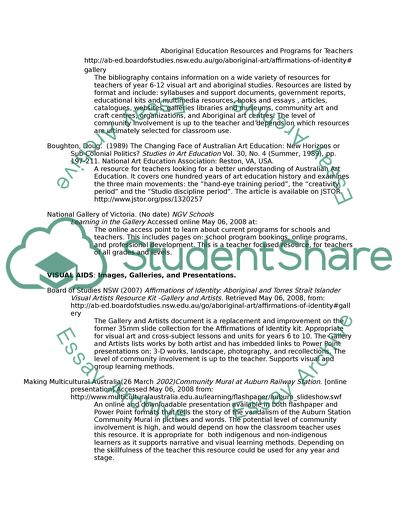Cite this document
(Aboriginal studies Annotated Bibliography Example | Topics and Well Written Essays - 1750 words, n.d.)
Aboriginal studies Annotated Bibliography Example | Topics and Well Written Essays - 1750 words. https://studentshare.org/education/1546364-aboriginal-studies
Aboriginal studies Annotated Bibliography Example | Topics and Well Written Essays - 1750 words. https://studentshare.org/education/1546364-aboriginal-studies
(Aboriginal Studies Annotated Bibliography Example | Topics and Well Written Essays - 1750 Words)
Aboriginal Studies Annotated Bibliography Example | Topics and Well Written Essays - 1750 Words. https://studentshare.org/education/1546364-aboriginal-studies.
Aboriginal Studies Annotated Bibliography Example | Topics and Well Written Essays - 1750 Words. https://studentshare.org/education/1546364-aboriginal-studies.
“Aboriginal Studies Annotated Bibliography Example | Topics and Well Written Essays - 1750 Words”. https://studentshare.org/education/1546364-aboriginal-studies.


